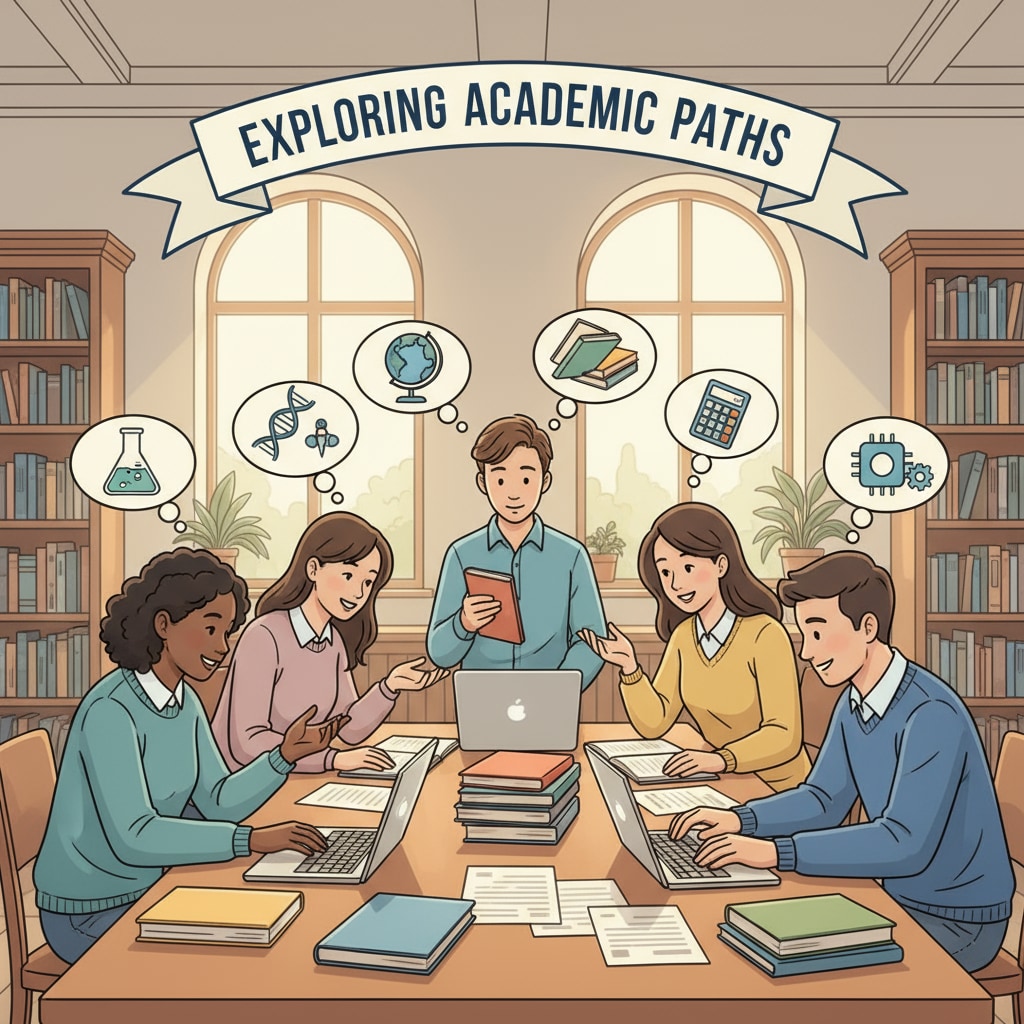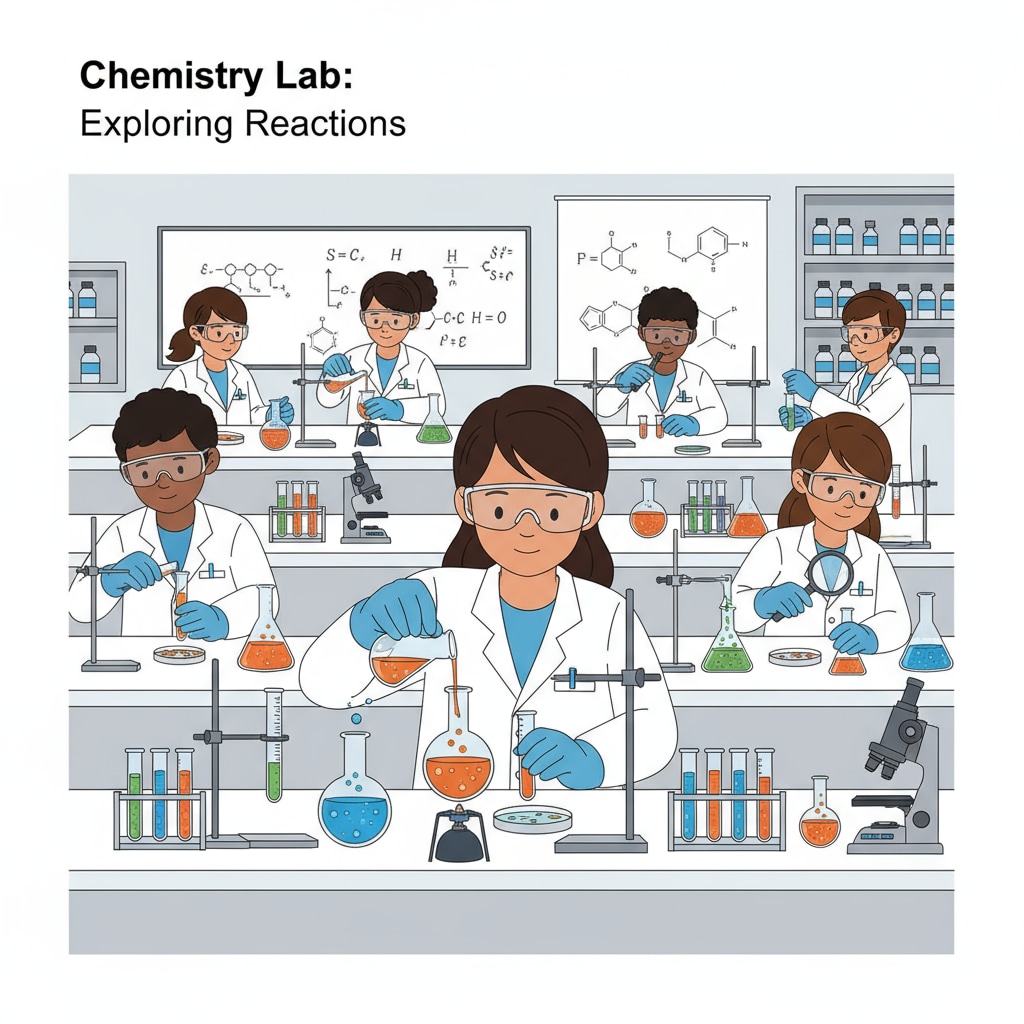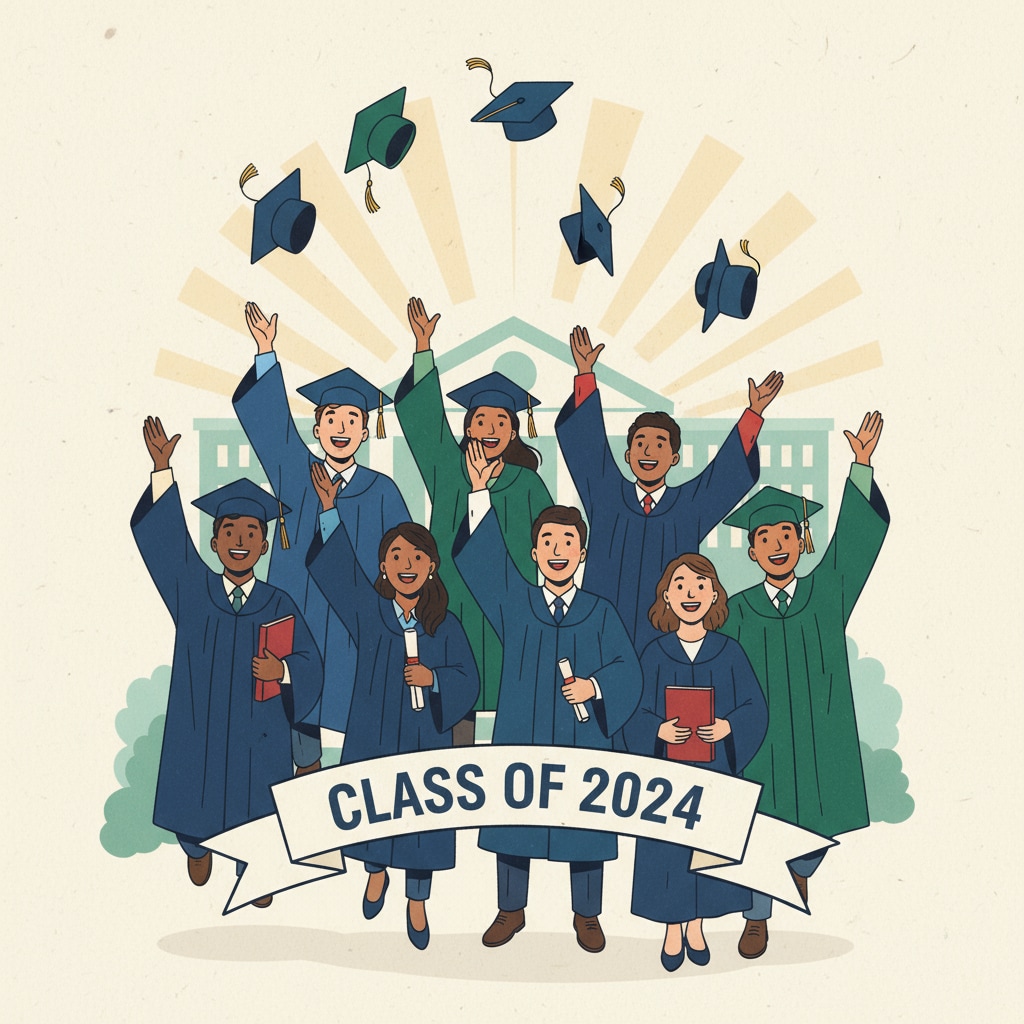Software engineering, major switching, second bachelor’s degree are topics that are becoming increasingly relevant in the academic world. Many students who start with a software engineering background often find themselves drawn to the allure of hard science fields. The journey from software engineering to hard sciences is both challenging and full of opportunities.

The Malleability of Professional Interests in K12
During the K12 educational phase, students’ professional interests are highly malleable. At this stage, they are exposed to a wide range of subjects, which can spark different passions. For example, a student might initially be interested in software engineering after being introduced to programming in high school. However, as they explore more in-depth scientific concepts in physics or chemistry, their interests can shift. This malleability is a natural part of a student’s development, and it’s crucial for educators to guide them properly. According to Education Week, early exposure to various fields can help students better understand their true interests.

Challenges Faced by Software Engineering Students in Switching
When software engineering students decide to switch to hard science fields, they encounter several challenges. Firstly, the curriculum differences can be significant. Hard science programs often require a strong foundation in mathematics, physics, and chemistry. Software engineering students may not have had the same level of in-depth study in these areas. Secondly, the research methods and academic cultures in hard sciences are distinct. In software engineering, the focus is often on coding and software development, while in hard sciences, laboratory work and theoretical analysis play a major role. As a result, students need to adapt quickly to these new ways of learning and research. Inside Higher Ed also reports similar findings about the difficulties students face during major transitions.
Another challenge is the time and resource constraints. Pursuing a second bachelor’s degree in a hard science field means investing more time and effort. Students may need to take additional prerequisite courses, which can extend their overall study time. Financially, it can also be a burden, as they may need to pay for extra tuition and educational materials.
Early Diverse Educational Experiences as a Solution
One way to ease the transition for software engineering students is to provide early diverse educational experiences. Schools can offer interdisciplinary courses that combine elements of software engineering and hard sciences. For instance, courses on computational physics or bioinformatics can give students a taste of both worlds. This not only broadens their knowledge but also helps them determine if they are truly interested in the hard science field. In addition, internships or research projects in hard science-related industries can provide practical exposure. These experiences can help students build the necessary skills and confidence to make the switch.
Designing Flexible Learning Paths
Flexible learning paths are essential for students making this transition. Universities should consider developing programs that allow students to transfer credits from their software engineering courses to relevant hard science courses. This can reduce the number of redundant courses they need to take. For example, some programming courses in software engineering may be equivalent to certain computational courses in hard sciences. Moreover, offering part-time or online study options can accommodate students who may have other commitments. This flexibility enables students to balance their studies with work or personal life, making the pursuit of a second degree more feasible.
The Role of School Policy Adjustments
School policies play a crucial role in facilitating the transition. Admissions departments should be more open-minded when evaluating applications from software engineering students interested in hard science programs. They should consider the students’ unique skills and experiences rather than just focusing on traditional academic requirements. Additionally, academic advisors should be trained to provide specialized guidance to these students. They can help students map out a suitable study plan and navigate the complex requirements of the new program.
In conclusion, software engineering students who aspire to enter hard science fields through major switching and obtaining second bachelor’s degrees face challenges, but with the right educational guidance, flexible learning paths, and supportive school policies, they can successfully achieve their goals. This cross-disciplinary journey not only enriches their academic experience but also broadens their career prospects in the ever-evolving job market.

Readability guidance: The article uses short paragraphs and lists to summarize key points. Each H2 section provides relevant details and suggestions. The passive语态 is kept to a minimum, and long sentences are carefully structured. Transition words are used throughout to enhance the flow of the article.


